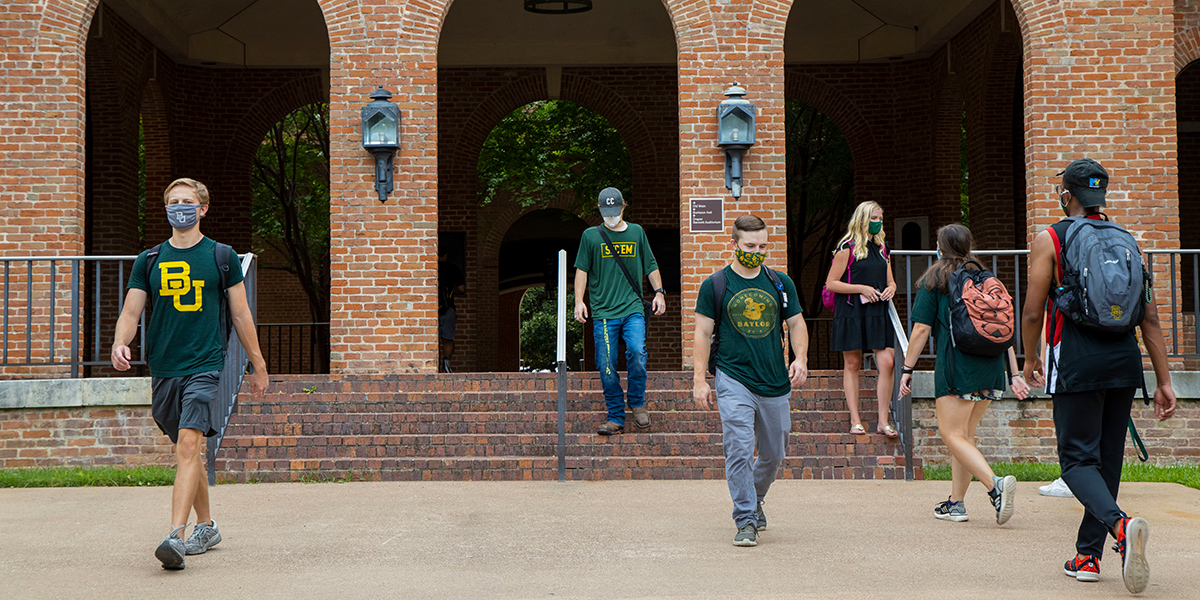Why Baylor is increasing its COVID-19 testing this spring

Baylor recently announced that, beginning in late January, all faculty, staff and students will be tested for COVID-19 every week.
Yes, that’s a lot. And testing fatigue is real. So why is Baylor making this move?
The short answer: So that everything else about campus life — from classes to extracurriculars — can be as close to normal as possible.
There’s still a lot we don’t know about COVID-19, but one thing we do know is that frequent testing is essential in helping limit the spread of the virus. Testing identifies even presymptomatic and asymptomatic individuals, thus interrupting the spread. Part of what helped Baylor make it through last semester in-person was the ability to consistently provide COVID-19 tests and timely results. (The American College Health Association has taken note of how this worked at BU and other schools last fall, and included more frequent testing among its recommendations for Spring 2021 released in late December.)
The vast majority of Baylor students (and their parents, and faculty) have made it clear that they want in-person classes. So, Baylor has focused its efforts on doing everything possible to make that happen, from increasing meeting space across campus to special cleaning and sanitation approaches. Wearing masks and increased testing are the small sacrifices everyone on campus has to make to reach that primary goal.
Outside of classes, in-person gatherings were also limited in the fall. The hope is to be able to relax that somewhat this spring, if prevention and mitigation efforts are successful. Testing, again, is one of the keys to making that happen; if we can keep COVID-19 numbers low on campus, then gatherings would be safer for all involved, thus allowing for more student events and activities.
Looking back on the fall semester, Baylor students (and faculty/staff) did a great job of following COVID-19 protocols, allowing us to keep our numbers relatively low. But COVID numbers are higher everywhere right now than they were last fall, and campus won’t be any different unless everyone does their part. Like we saw at the beginning of last fall, a spike would not be surprising when students return to campus; the goal is to be able to flatten that curve as quickly as possible.
With the new testing procedures joining existing protocols (distancing, masks, etc.) and growing vaccine availability, Baylor health experts believe the university can be successful in providing the in-person classes and extracurricular activities Baylor students have requested. Classes start next week; here’s to a successful spring semester!
Sic ’em, Bears!

